If you want to know all about the smoke ring, why it happens, and the trick to achieving it every time you smoke meat, you’re in the right place.
Browse through the internet, and you’ll see all kinds of pictures of smoked meat labeled to highlight the smoke ring. Pit-masters (real and wannabe) post videos showing off their hard-earned trophy – a perfect smoke ring. After a while of this, you start to feel inadequate if you can’t do it yourself.
But, is it really that big a deal? What’s the science happening beneath the meaty surface? And what do I have to do to make my meat worthy of the internet?
All will be revealed in this comprehensive expose of the legendary smoke ring. Spoiler alert: it’s not that hard to do – and I’ll show you how. (I’ll even tell you how to fake it!)
Stick with me – where there’s fire, we’re going to make a smoke ring.
What is a Smoke Ring in BBQ?
First, how to identify a smoke ring. Cut a cross-section of a piece of smoked meat, particularly a brisket done low and slow. Just below the surface of the meat, you might see a ring of pink about a quarter-inch thick.
That’s it. That’s all the smoke ring is. But, it has gained a reputation as a sure sign of a skilled smoker.
Is a Smoke Ring in My Meat Bad for Me?
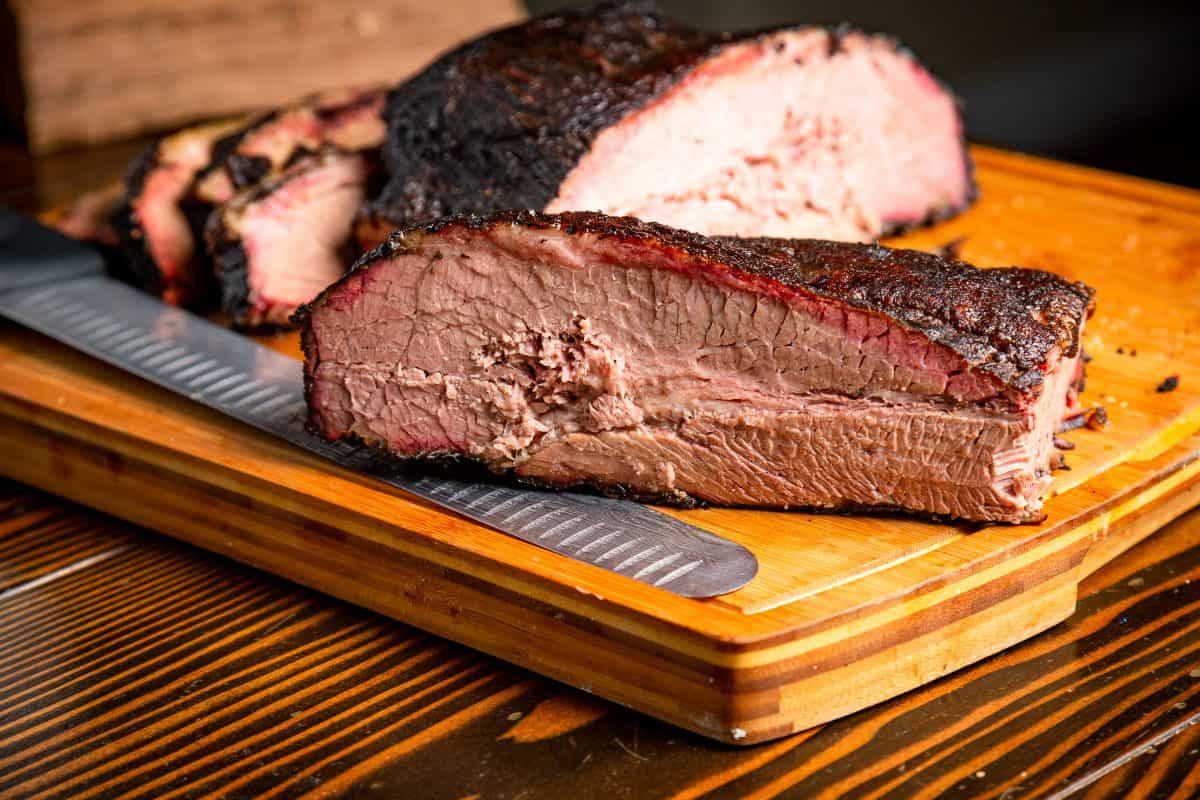
We’ve been taught that pink in our meat means it’s undercooked. But, that’s more of a rule of thumb than a law of the universe. Some meat retains a touch of pink even when fully cooked to 160F.
The pink tinge of the smoke ring has nada to do with whether the meat is fully cooked or not. It is a totally separate phenomenon. It also doesn’t mean the meat has gone bad. It’s just a chemical reaction that I’ll explain in a minute.
By the way, it also doesn’t mean it tastes any better than meat without a ring! Sure, it looks appealing, and that’s why pitmasters and restaurant owners love it. But it does not impact the flavor, even one iota. Whatever an iota is.
The Science Behind the Smoke Ring
It turns out Iota is the ninth letter of the Greek alphabet. There’s a lot of science-y stuff that involves Greek letters, so let’s call that our segue to this section. Let’s learn what causes a smoke ring in meat before we learn how to make one.
Most creatures contain myoglobin in their muscles. It’s a protein that traps oxygen inside the muscle cells. If you happen to have a lot of it, you can hold your breath for extended periods and use up the oxygen in your body before you need more air. Aquatic mammals like seals, dolphins, and whales have it in spades.
Inside the myoglobin are pigments called hemes. Hemes contain iron, and that’s where muscles get their color. The more hemes, the darker the meat. When exposed to air (like when an animal is butchered), the iron oxidizes, and the red tone fades away. This is what’s going on when your meat turns brown on the counter.
Enter Nitrous Oxide
I am no scientist, but I know how to Google science stuff. If Nitrous Oxide (NO) gets at the hemes, it will bind to iron atoms. Doing so stops the oxidation process dead in its tracks, preventing the heme from changing color.
And where does the NO come from? It’s present in the wood smoke we’re using to flavor our meat. Smoke penetrates the meat’s surface, though it can’t get very far, in most cases. Where it does reach, it MAY interfere with the myoglobin and leave behind a ring of pink.
How do I Get a Smoke Ring on My Meat?
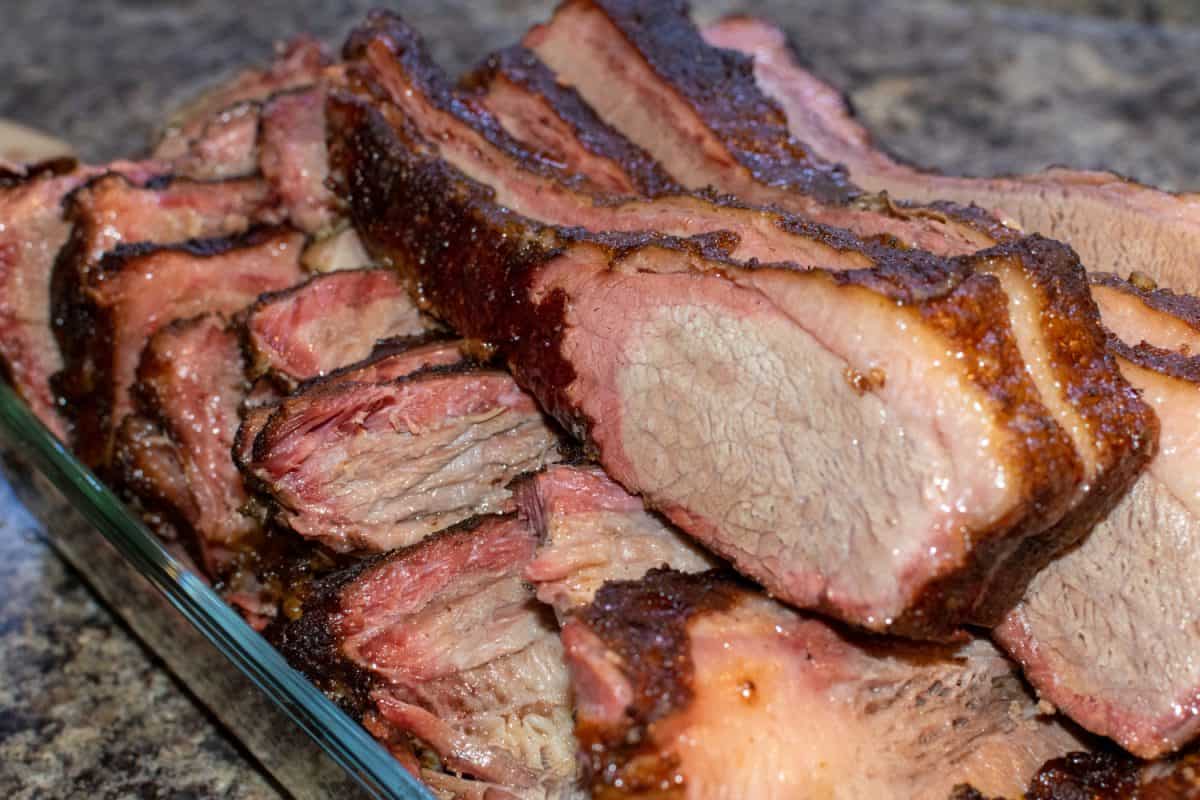
There are no guarantees in smoking or grilling, and getting a smoke ring is no exception. But, using these tricks, you can significantly improve your odds of finding the ring of honor waiting for you when you carve your meat.
Select Wood That Produces a Lot of Smoke – Within Reason!
New, green wood makes more smoke than seasoned, dried wood. The dry stuff burns more readily but gives less smoke. You don’t want to burn too much new wood, though, because it can overwhelm your food with smoke and gum up your smoker with creosote. Your best bet is to use mostly seasoned wood, but add a small chunk of fresh-cut wood for bonus smoke.
If there’s bark on your wood, leave it there. Garden mulch is made of bark for this very reason – as it breaks down, it releases nitrogen into the soil. Burn it, and all the NO goes into the smoke, and some of that will go into your meat.
Try and avoid sawdust, though. Some people like to add it to charcoal fires for some smoke flavor, but the truth is, it burns so fast, it doesn’t release much smoke or NO.
Try a Few Briquettes
Many purists hate briquettes, preferring to cook with natural lump charcoal. But, they have one serious advantage – they’re loaded with nitrogen! Add a few briquettes to your lumpwood for an added infusion of nitrogen dioxide and better odds of nailing that smoke ring.
Turns out, lump is limp when it comes to nitrogen. It’s almost pure carbon. So, if a smoke ring is a must-have, try a few briquettes in your mix.
Keep Your Meat Moist
Sorry about the “M” word, but there’s really no better way to say it. Similarly, spice rubs stick better to damp meat, so too will the tiny particles of NO in woodsmoke.
Try spraying your meat with something like apple cider or beer, or even just a bit of water while it cooks, or mop on some sauce. The added moisture will trap passing NO, giving it a chance to make its way into the meat and form a ring.
Expose as Much Surface Area as Possible
The more meat that’s exposed to the atmosphere, the more opportunity for NO to get in there and get the job done.
You can start by trimming away excess fat, including slicing down any fat cap present. Don’t go crazy with the knife, though! Fat is flavor, and we want that more than we want a smoke ring.
If you’re applying a dry rub, try and go easy on it. If you put it on too thick, yes, you’ll get a great crust. But, you’ll also create an anti-NO barrier and lower your chances of finding a ring.
Start With Cool Meat
Hats off to the science people who figure this stuff out. Apparently, myoglobin starts to go permanently brown at around 140F. By the time you hit 160F, it’s a done deal.
This means if the NO doesn’t hit the meat until after the internal temperature reaches 140F, all the pink will be gone, anyway. No pink, no ring.
The trick, then, is to get the meat in the smoker while it’s still a bit cool. This will maximize the time for smoke to get into the meat before it reaches the point of no return. Just don’t put it in cold, or your smoker will have to work extra hard to compensate for the reduced ambient air temperature.
Slow and Steady for the Win (and the Ring)
You will never achieve a smoke ring on a hot barbecue. Cook low and slow at a steady temperature to give the NO more time to create the ring.
Faking a Smoke Ring – it Can Be Done!
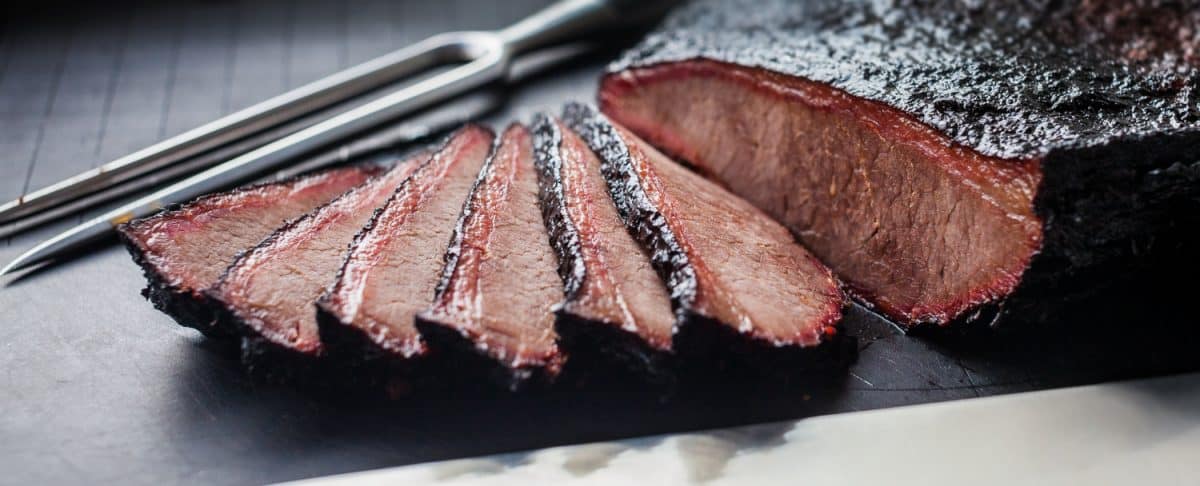
For the look of a perfect ring without the gear or time invested, here’s a sneaky hack for Instagrammable meat.
We know now that it isn’t the smoke that leaves a ring. Nitrous Oxide particles in the smoke are the responsible parties. Is there a way to add NO to our cooking environment without smoke?
Of course there is, or I wouldn’t be writing this part.
Curing solutions are packed with nitrates and nitrites to preserve meat. They’ve been around for ages, and they work really well. AND they turn meat pink. Ever wondered why wieners and corned beef are the color they are? Now you know.
Here’s what you do:
- Add a tiny amount of the curing agent sodium nitrite to your dry rub or brine. Go easy on it – too much may be toxic.
- Rub it all over your meat, give it time to absorb, and then put it on to smoke.
That should be all it takes to leave a fairly convincing smoke ring! (I would not suggest this technique for competition – any judge that really knows their stuff will figure it out.)
Does Creating a Smoke Ring Make Me a Great Barbecuer?
I’ll be the first to admit it: a smoke ring looks fantastic on a piece of cooked meat. I may even have an enhanced salivary reaction – I’ll have to check next time. Everyone wants to see it, judges look for it, and pitmasters work hard to create it.
And while it takes some knowledge and skill to pull it off, as I said before, it doesn’t make the food taste any better.
Chances are, you’ve eaten some incredible smoked meat (I know I have) that hadn’t even a hint of a smoke ring. I didn’t enjoy it any less, and you probably didn’t either.
In the end, it’s a technique that takes practice, just like any other. But, is it really all that important if it doesn’t enhance the taste? I’ll leave it to you to decide if a smoke ring is the calling card of a barbecue expert.
Final Thoughts
Don’t be discouraged now that you know a smoke ring isn’t all that. There’s no denying it looks great, and I encourage you to try the techniques I described. Just don’t let the pursuit of the ring distract you from the real goal – delicious food!
I hope you take away some valuable information from this article, and I hope you’ll not only use it, but also share it around with your crew. Copy that URL and send it far and wide around the internet and social media. And tell everyone you found it here!
Cheers, and the best of the grill to you.

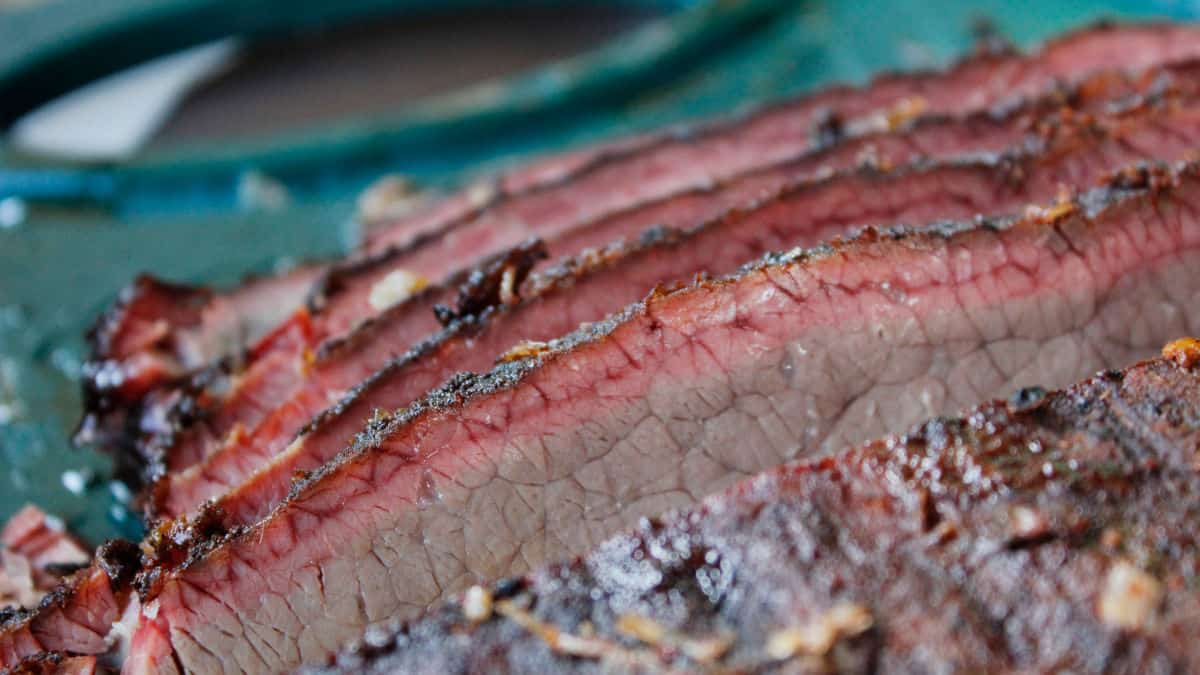
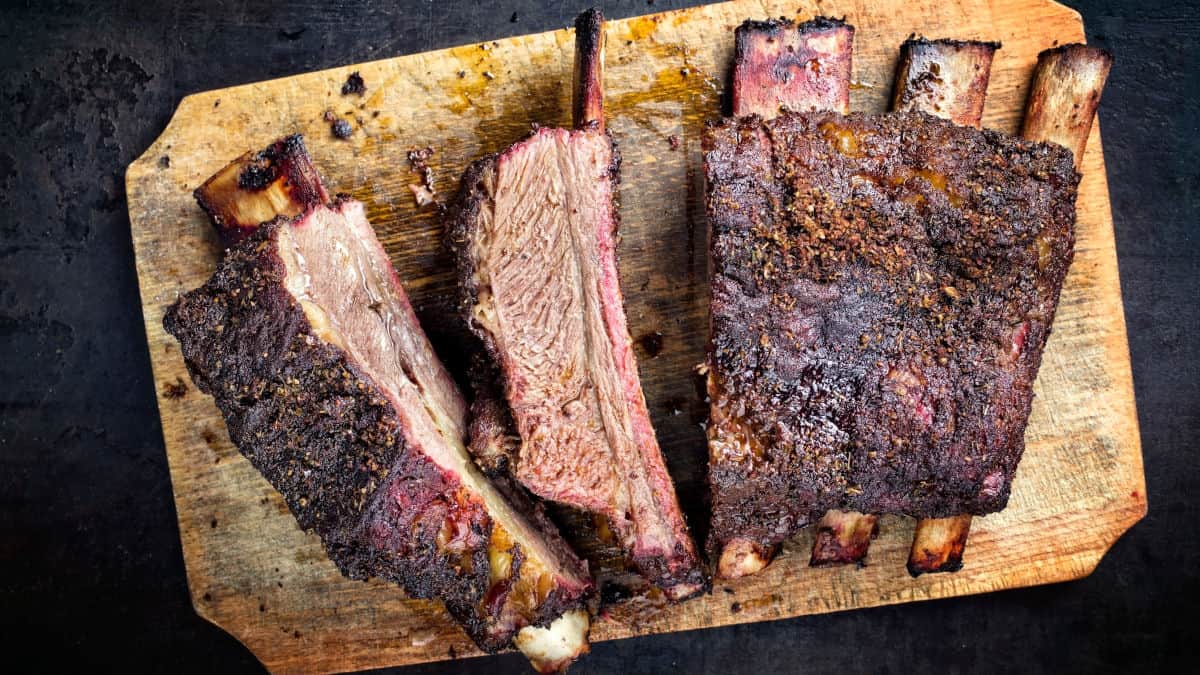
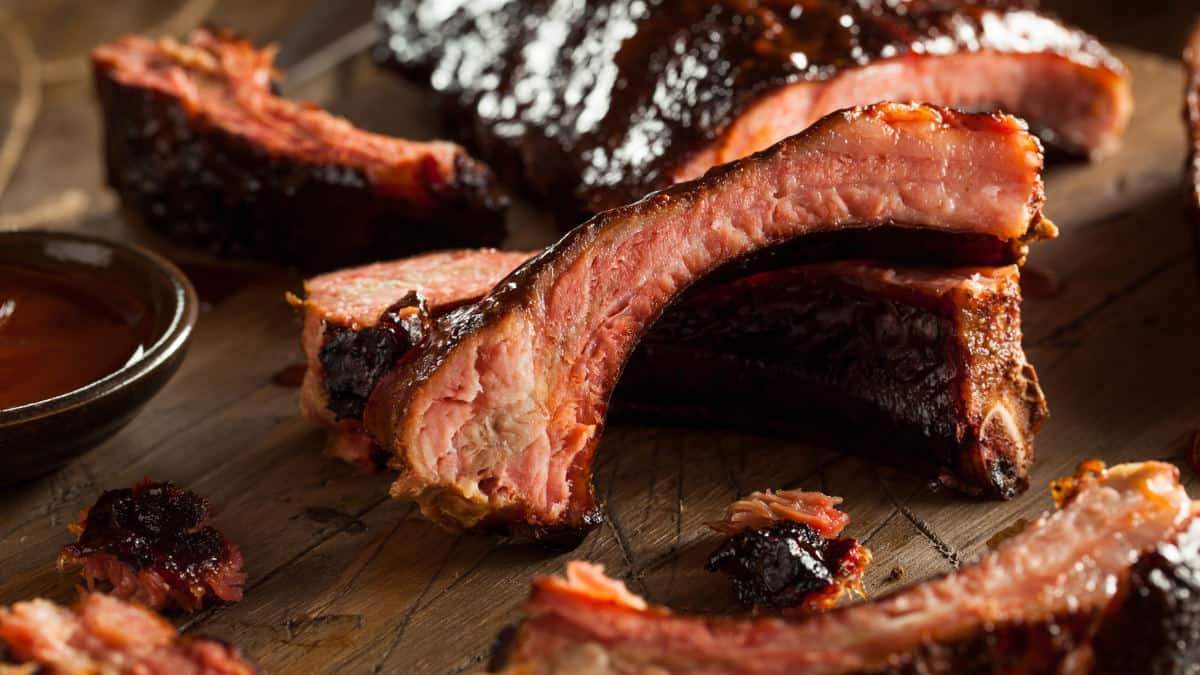
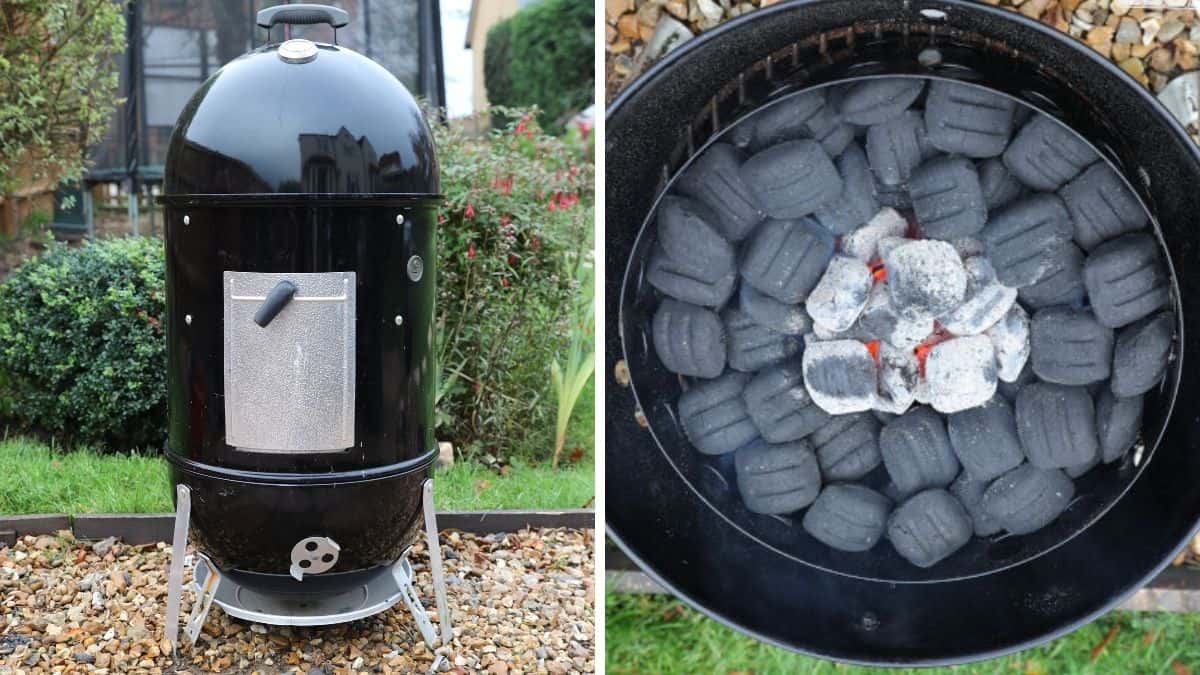
Good article, David…just one minor clarification about judging. As judges, we are taught *not* to consider the presence of a smoke ring in the presentation scoring. As you correctly point out, a smoke ring can easily be artificially created and just doesn’t say much about the skill of the competitor anymore. It can certainly look nice, but so can sliced brisket, for instance, without any ring whatsoever. In fact, I’ve scored meats with no pronounced ring higher than those with them many times. All that said, I think competitors generally feel it’s better to be safe than sorry, and they do what they can to create a ring.